Carbon Dioxide Polymer Technology 12-10-2021 - Arhive
Carbon Dioxide Polymer Technology
Crude Oil Prices Trend
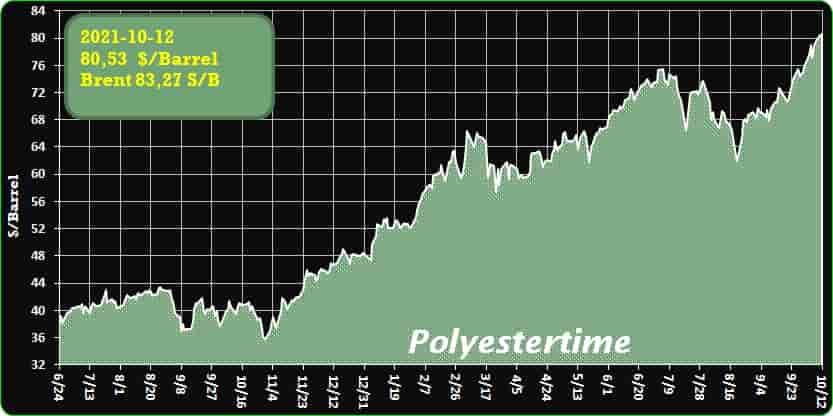
-Nouryon starts production at new facility in Ningbo to meet growing demand for polymers in Asia
Nouryon (formely AkzoNobel Specialy Chemicals), a global specialty chemicals leader, has started production at a new manufacturing facility located at its site in Ningbo, China, to meet increasing demand in the Asia region for polymers used in the Packaging, Paints and Coatings and Construction end-markets, as per the company’s press release.
The facility, which began development in 2020, has an annual capacity of 35,000 tons and will produce two key intermediates – tert-Butyl hydroperoxide (TBHP) and tert-Butyl alcohol (TBA) – which are essential ingredients in the production of polymers and composites.
“Nouryon is pleased to further support our customers across Asia now that operations are up and running at our new China facility,” said Alain Rynwalt, Vice President of Polymer Specialties at Nouryon. “This investment supports Nouryon’s commitment to meet the growing needs of our customers in the region for products such as safe and hygienic food packaging, paint resins and PVC pipes.”
Sobers Sethi, Senior Vice President of Emerging Markets and China at Nouryon, said: “Asia is a key region for Nouryon and the Ningbo site plays a pivotal role in achieving our growth targets. The investment in this new facility underlines our strategy of strengthening our presence in attractive high-growth markets.”

-Milliken to offer a broad portfolio of polymer additive and colorant solutions at ArabPlast 2021
Ghent, Belgium – Additives and colorant expert Milliken & Company will demonstrate its commitment to the development of the plastics processing sector in the Middle East with a full package of value-adding product innovations and service solutions on its stand 7C140 at ArabPlast 2021. Carbon Dioxide Polymer Technology
At the show — being held Nov. 15-18 at the UAE’s Dubai World Trade Center — learn more from Milliken about the following products:
- Millad® NX® 8000 ECO clarifier for polypropylene (PP);
- Hyperform® HPN® high-performance additives for PP used in thermoforming and injection molding;
- DeltaMax® 5000a performance modifiers for PP used by converters processing impact copolymers; and
- KeyPlast® colorants for PET
The new standard in PP transparency
Millad NX 8000 ECO delivers crystal clear, glass like clarity, while extending sustainability, making clarified polypropylene a viable alternative to glass, PC, PET, PVC and PS in applications such as housewares, food packaging, and various other end uses. The additive further offers the added benefit of even faster production rates, contributing to average energy savings of 10% for the production of clarified injection molded PP parts — a fact independently certified by UL (Underwriters Laboratories).
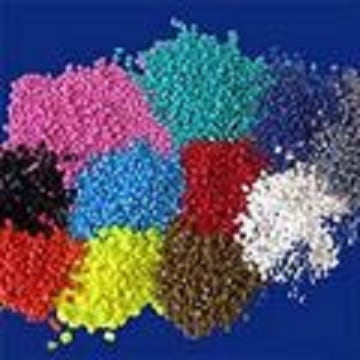
-Large-scale production of bioplastics from residual flows one step closer
PHA2USE and the Interreg NWE project WoW! succeeded in producing more than 18 kg of PHBV from sewage sludge, which is now being tested by companies on various commercial applications Carbon Dioxide Polymer Technology
Towards a sustainable production of bioplastics from residual flows, PHA2USE and the Interreg NWE project WoW! recently took another important step. In the first extraction campaign on a pilot scale, we succeeded in producing more than 18 kg of PHBV from sewage sludge. The produced PHBV, a fully biodegradable bioplastic, is now being tested by companies on various commercial applications.
Keeping in mind the climate objectives formulated by the EU, the question is no longer whether we should re-use residual flows, but how we can achieve this in an efficient and high-quality manner. This also applies to wastewater. Wastewater is already an important source of energy and raw materials such as biogas, cellulose and phosphate. For a number of years, various (European) projects have also been looking at the possibilities for producing bioplastics from wastewater.
The pathway is clear
The production of bioplastics from wastewater takes place by means of bacteria in sewage sludge from wastewater treatment plants. These bacteria are able to convert organic substances in the wastewater into the bioplastic PHBV. This PHBV is then stored by the bacteria in their cells. To make the PHBV suitable for use, it must first be removed from the cells. This is done by means of extraction. Until now, this extraction has only been performed on a smaller scale. PHA2USE and Interreg NWE project WoW! have now also succeeded in extracting PHBV on a larger scale. This paves the way for large-scale bioplastic production from wastewater. This extraction is the lead-up to the production of larger quantities in the PHA2USE project. The installation required for this is under construction and will be commissioned in early 2022.
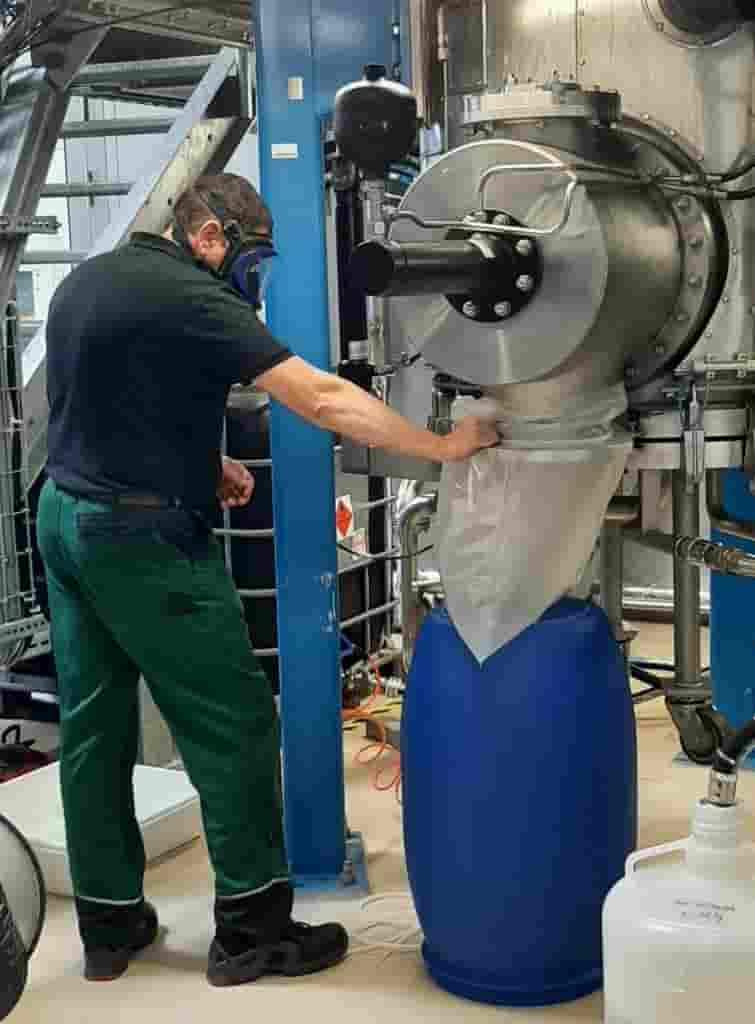
-PKN Orlen develops carbon dioxide polymer technology
Poland’s biggest refiner PKN Orlen is exploring ways to produce polymers using carbon dioxide, its director of innovation and new technology development Arkadiusz Majoch said, as per Hydrocarbonprocessing. Carbon Dioxide Polymer Technology
New technology to capture, store, reuse or replace carbon pollution is being explored around the world, with some companies working on methods of converting the greenhouse gas into products such as plastic, soap, or fabric.
“Right now we are finishing some research in the laboratory and already we started purchasing pilot plans where CO2 will be the raw material…and at the end, we are expecting to have some polymers,” Majoch told a panel during a conference on carbon capture and utilization (CCU).
He said Orlen had a budget of more than two billion zlotys (USD509.2 million) to spend over the next nine years on developing and implementing technology across the group’s companies and was looking to implement the results of the polymer pilot at one of them, possibly in Plock in central Poland.
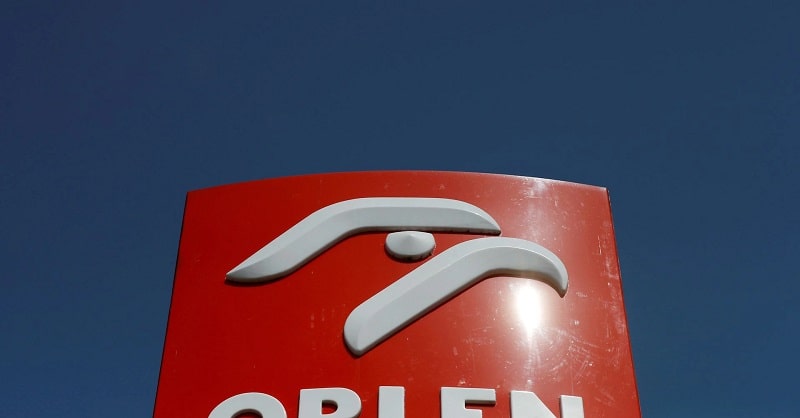
-Optimized Extrusion Screw Design Maximizes Throughput, Quality
When replacing an extrusion screw, leveraging design expertise can cost effectively improve screw longevity, product quality, and productivity.
Single or twin screws are at the very heart of the plastics extrusion process that transforms raw materials into pellets, sheet, pipe, or profile. These highly engineered components are integral to transporting, compressing, mixing, heating, cooling, shearing, and pumping a variety of viscous substances through dies into highly structured products. As such, the screws are also the primary factors in production throughput and final quality.
When it comes time to replace screws, however, many manufacturers continue to under-estimate the impact of an optimized screw design. With the variability in raw materials, recipes, additives, and fillers utilized, screws are not off-the-shelf parts that can be simply “switched out” based on category of product. Carbon Dioxide Polymer Technology
An optimized design is a consultative approach, in which every parameter of the process is evaluated to create a customized solution that fits the application. When coupled with a replacement screw supplier with an extensive knowledge base of designs and a deep understanding of the extrusion process, screw replacement changes from a task into an opportunity for extruders to refine their process, resolve current processing and product quality issues, and even ensure the next replacement takes place much further in the future.
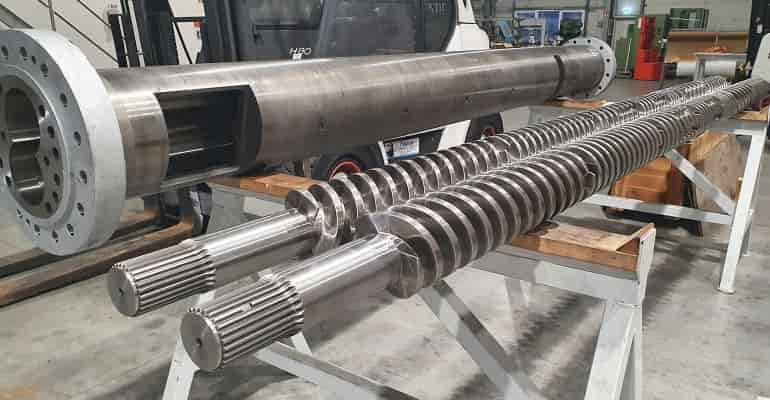
-Circular economy is ‘unclear and lacks substance’, new report finds
The definition of a circular economy is ‘unclear and lacks substance’, according to a team of researchers from Lancaster University Management School, Lund University and the Royal Institute of Technology in Sweden. Carbon Dioxide Polymer Technology
In a new study, published in Journal of Industrial Ecology, researchers say the circular economy risks becoming ‘counterproductive’, unless we stop referring to it as a ‘panacea for all kinds of environmental problems’.
While a circular economy has become a well-known and recognised model among businesses, regions, cities and NGOs worldwide – from China and Latin America to the EU and the USA – what is less discussed is that the model has received a great deal of criticism from both practitioners and researchers, the researchers say.
Academics from Lancaster University Management School, Lund University and the Royal Institute of Technology in Sweden compiled their criticisms in the new study, finding that the concept of a circular economy

-Creating the new hydrogen economy is a massive undertaking
TODAY’S HYDROGEN enterprise is, in international phrases, fairly small, very soiled and fully very important. Some 90m tonnes of the stuff are produced every year, offering revenues of over $150bn—approaching these of ExxonMobil, an oil and fuel firm. That is completed nearly solely by burning fossil fuels with air and steam—a course of which makes use of up 6% of the world’s pure fuel and a pair of% of its coal and emits greater than 800m tonnes of carbon dioxide, placing the trade’s emissions on the identical stage as these of Germany. Carbon Dioxide Polymer Technology
The very important nature of this comes from one of many subsequent makes use of of the fuel. In addition to getting used to course of oil in refineries and to provide methanol to be used in plastics, hydrogen can be, crucially, used for the manufacturing of virtually all of the world’s industrial ammonia. Ammonia is the principle ingredient within the synthetic fertilisers which account for a major a part of the world’s crop yields. With out it, agricultural productiveness would plummet and tons of of thousands and thousands would face hunger.
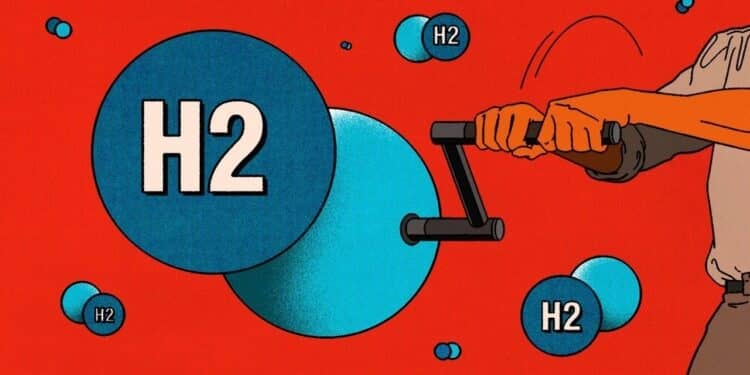
-Nouryon starts production at new facility in Ningbo to meet growing demand for polymers in Asia
Nouryon (formely AkzoNobel Specialy Chemicals), a global specialty chemicals leader, has started production at a new manufacturing facility located at its site in Ningbo, China, to meet increasing demand in the Asia region for polymers used in the Packaging, Paints and Coatings and Construction end-markets, as per the company’s press release.
The facility, which began development in 2020, has an annual capacity of 35,000 tons and will produce two key intermediates – tert-Butyl hydroperoxide (TBHP) and tert-Butyl alcohol (TBA) – which are essential ingredients in the production of polymers and composites. Carbon Dioxide Polymer Technology
“Nouryon is pleased to further support our customers across Asia now that operations are up and running at our new China facility,” said Alain Rynwalt, Vice President of Polymer Specialties at Nouryon. “This investment supports Nouryon’s commitment to meet the growing needs of our customers in the region for products such as safe and hygienic food packaging, paint resins and PVC pipes.”
Sobers Sethi, Senior Vice President of Emerging Markets and China at Nouryon, said: “Asia is a key region for Nouryon and the Ningbo site plays a pivotal role in achieving our growth targets. The investment in this new facility underlines our strategy of strengthening our presence in attractive high-growth markets.”

-Elastic polymer that is both stiff and tough, resolves long-standing quandary
More sustainable, long-lasting polymer materials could decrease consumption of plastics
Polymer science has made possible rubber tires, Teflon and Kevlar, plastic water bottles, nylon jackets among many other ubiquitous features of daily life. Elastic polymers, known as elastomers, can be stretched and released repeatedly and are used in applications such as gloves and heart valves, where they need to last a long time without tearing. But a conundrum has long stumped polymer scientists: Elastic polymers can be stiff, or they can be tough, but they can’t be both. Carbon Dioxide Polymer Technology
This stiffness-toughness conflict is a challenge for scientists developing polymers that could be used in applications including tissue regeneration, bioadhesives, bioprinting, wearable electronics, and soft robots.
In a paper published today in Science, researchers from the Harvard John A. Paulson School of Engineering and Applied Sciences (SEAS) have resolved that long-standing conflict and developed an elastomer that is both stiff and tough.
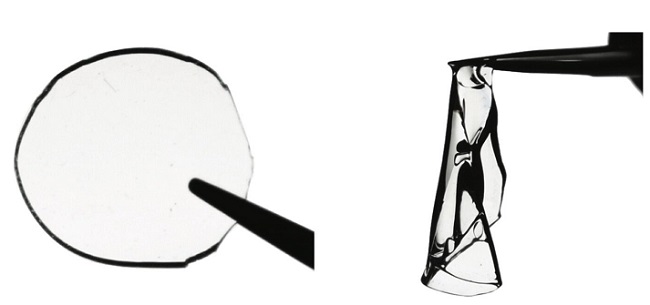
Reinach, Switzerland, 9 October 2021 – Archroma, a global leader in specialty chemicals towards sustainable solutions, will be at Intertextile Shanghai Apparel Fabrics – Autumn Edition (Intertextile), to present its latest innovations and system solutions aimed to help textile manufacturers in China with optimized productivity and/or value creation in their markets. Carbon Dioxide Polymer Technology
THE ARCHROMA WAY
The solution systems and innovations presented by Archroma have all been selected for their compliance with “The Archroma Way to a Sustainable World: Safe, efficient, enhanced, it’s our nature”.
All cost and resource savings are substantiated using the ONE WAY Impact Calculator, a proprietary process simulation & calculation tool designed to provide an accurate estimate of the process costs, resource utilization, effluent discharge quality, and CO2 emissions of production processes and systems.
At Intertextile, visitors will be able to discover the 70+ systems recently developed by Archroma along the principles of The Archroma Way to help them create value in their textile applications and markets. All systems can be found on the Archroma System Selector.
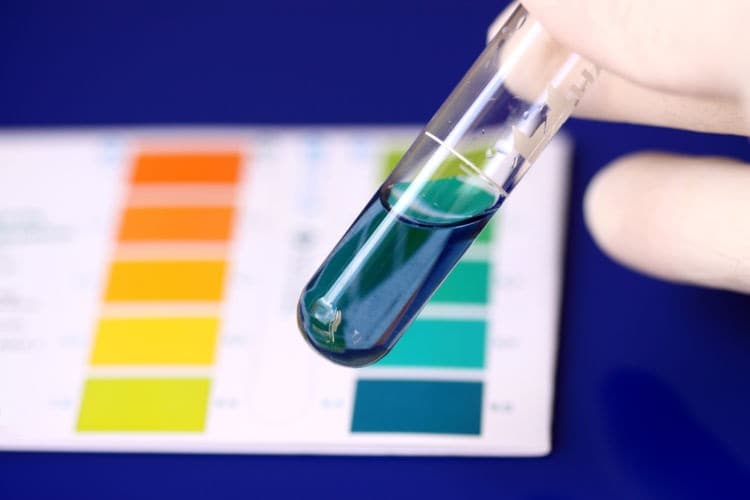
Carbon Dioxide Polymer Technology
